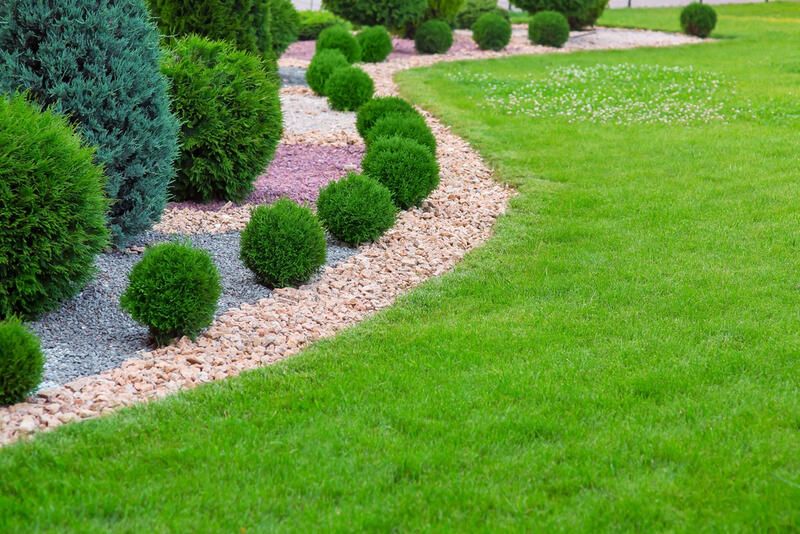Transforming Your Outdoor Oasis: A Comprehensive Guide to Landscaping
Landscaping is the art of creating an outdoor haven that harmonizes with nature, complements your home, and reflects your personal style. A well-designed landscape not only enhances the aesthetics of your property but also increases its functionality and value. In this 1500-word article, we will delve into the world of landscaping, exploring its importance, the elements of great landscaping, and essential tips to help you create your dream outdoor oasis.
The Importance of Landscaping
Landscaping is more than just arranging plants; it’s about creating an environment that offers various benefits:
- Curb Appeal: A well-landscaped property makes a lasting first impression, enhancing your home’s curb appeal and overall aesthetics.
- Property Value: Thoughtful landscaping can significantly increase the value of your property.
- Functional Space: Landscaping can transform your outdoor space into functional areas for relaxation, entertainment, or play.
- Environmental Benefits: Well-planned landscaping can improve air quality, reduce soil erosion, and provide habitat for local wildlife.
Elements of Great Landscaping
Creating a beautiful and functional landscape involves consideration of several key elements:
1. Hardscape Features
Hardscape elements like patios, pathways, decks, and walls provide structure and functionality to your landscape. Choose materials that complement your home’s architecture and your design style.
2. Softscape Features
Softscape elements include plants, trees, shrubs, and groundcovers. Select a variety of plant species that thrive in your climate and provide seasonal interest.
3. Lighting
Outdoor lighting adds ambiance and safety to your landscape. Incorporate a mix of pathway lights, spotlights, and ambient lighting to create a welcoming outdoor space.
4. Water Features
Water elements like ponds, fountains, and waterfalls add a soothing and natural touch to your landscape. They can also attract wildlife and provide a sense of tranquility.
5. Outdoor Living Areas
Consider creating outdoor living spaces such as dining areas, lounges, or kitchen zones. These spaces extend your living area outdoors and are perfect for relaxation and entertaining.
6. Sustainable Design
Choose eco-friendly landscaping practices and materials that conserve water, reduce maintenance, and support local biodiversity.
Landscaping Tips
To create your dream landscape, consider these valuable tips:
- Plan and Budget: Start with a clear plan and budget. Knowing your goals and limits will guide your landscaping project.
- Soil and Drainage: Understand your soil type and drainage conditions. This information will help you choose the right plants and design elements.
- Native Plants: Incorporate native plants into your landscape. They are adapted to the local environment and require less maintenance.
- Layering: Create depth in your landscape by layering plants with different heights, textures, and colors. This adds visual interest and dimension.
- Maintenance Considerations: Choose low-maintenance plants and materials if you prefer a hassle-free landscape.
- Sustainability: Embrace sustainable practices such as xeriscaping, rainwater harvesting, and organic gardening.
- Professional Help: If your landscaping project is complex or beyond your expertise, consider consulting with a professional landscape designer or architect.
Conclusion
Landscaping is an art that allows you to sculpt your outdoor space into a sanctuary of beauty, functionality, and sustainability. With careful planning, the right elements, and an understanding of your local environment, you can create an outdoor oasis that not only reflects your personality but also enhances your quality of life.

